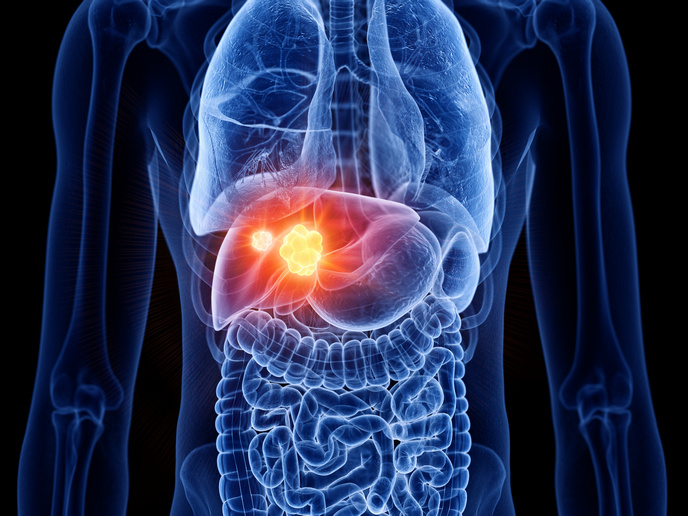Fighting tumour plasticity for more effective breast cancer drugs
One of the most challenging aspects of understanding cancer is its heterogeneity. Tumour cells differ markedly, even within the same tumour, in terms of their mutation profiles, proliferation rates, invasive capacity and metastatic potential. This heterogeneity makes treatment difficult, as each tumour cell presents a different risk and may respond differently to attack. In breast cancer, some of the original epithelial tumour cells (from the epithelial layer of the mammary gland) become increasingly aggressive, a transformation referred to as ‘plasticity’. As plasticity enables tumour heterogeneity, identifying the underlying molecular mechanisms responsible could herald more effective therapies as they could inhibit cancer cells’ resistance. The Marie Skłodowska-Curie Actions(opens in new window) EPICAN project identified a mutated gene – an oncogene – PIK3CA(H1047R)(opens in new window) as being key to tumour cell plasticity. “This is an important finding because the PI3K pathway, one of the most important signalling pathways within a cell, is known to control cell proliferation, survival and metabolism, however its influence on cell plasticity had been overlooked,” says project coordinator Charly Jehanno. As well as characterising the profiles of different tumour cells, the team identified a set of epigenetic regulators dependent on oncogenic activation of the PI3K pathway, offering a boost to drugs targeting the PIK3CA(H1047R) oncogene.
Capturing heterogeneity
Being able to characterise the various aspects of heterogeneity, and how these might impact treatments, has been a longstanding challenge for the cancer research community. The team studied the effect of the PIK3CA(H1047R) oncogene in the mammary gland of transgenic mice, using the CREERT2/Lox system(opens in new window) to express the PIK3CA(H1047R) oncogene in the mammary gland’s epithelium. The oncogene is fused to a fluorescent tracer to enable the tumour cells to be distinguished from the normal cells and traced. The different populations were then sorted and profiled using a multi-omics approach. This involved RNA-Seq(opens in new window) for defining their transcriptomic profile, proteomic and phospho-proteomic analyses(opens in new window) for defining their protein content, and ATAC-sequencing(opens in new window) for defining their epigenetic characteristics. “With these data sets I compared the different cancer cell populations, to find mechanisms generating heterogeneity,” adds Jehanno from University Hospital Basel(opens in new window), the project host.
Interrogating a surrogate model
Jehanno developed a 3D organoid model of mammary epithelial cells grown in a matrix, with and without the PIK3CA(H1047R) oncogene. This enabled Jehanno to make ex vivo observations, and perform functional experiments, alongside screening drug interventions. As epigenetic regulators are proteins whose enzyme activity controls cell proliferation and cell plasticity, they offer promising targets for therapeutic drugs. “Like a police investigation, I identified suspects based on the evidence – in this case molecular targets with druggable activity – then questioned them by testing drugs,” explains Jehanno. “I identified several target epigenetic regulators, whose modifications and activity are controlled by the PIK3CA(H1047R) oncogene, suggesting a role for tumour cell plasticity and so a therapeutic target.”
Testing for regulator inhibition
In 2020, the European Medicines Agency(opens in new window) gave its approval to disseminate the first targeted breast cancer drug, Piqray(opens in new window), which works against the PI3K pathway. The drug was developed after the conclusion of the SOLAR-1 trial(opens in new window) in 2019 and offers real hope for metastatic breast cancer patients. However, as cancer cells often develop mechanisms of resistance to targeted therapies, it remains crucial to identify the molecular mechanisms responsible. With publication of EPICAN’s findings pending, the priority is to test drugs which inhibit the epigenetic regulators identified, in combination with Piqray, to assess if it decreases cell plasticity, eliminating tumour cells. The work will be done in breast cancer preclinical models, mutated and not, for the PI3KCA gene.







